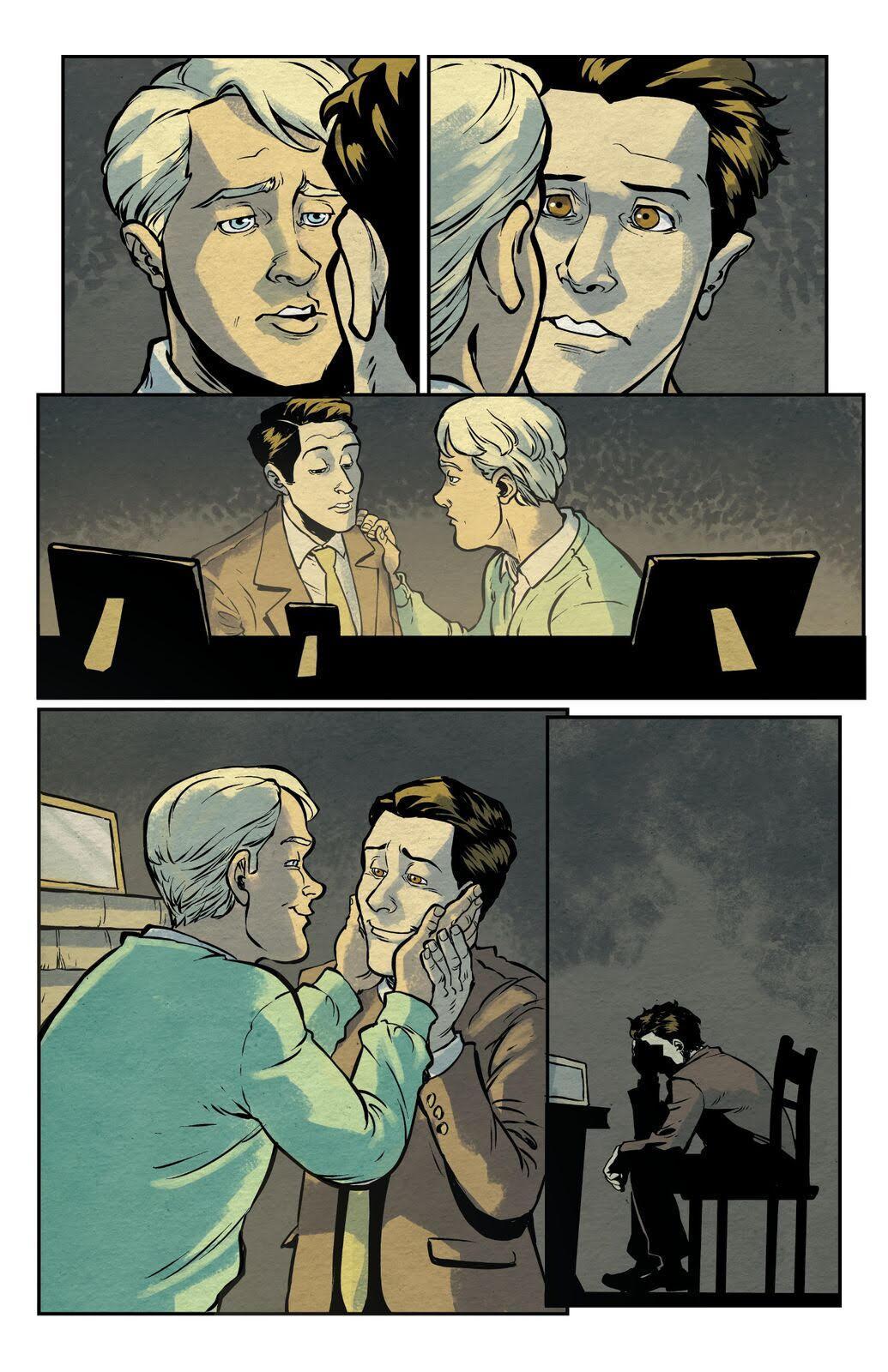In the Not So Distant Future, Comics Won’t be About Superheroes — They’ll be About You
Comics are having a beautiful — and diverse — renaissance.

Deirdre Hollman always read the funny pages in the newspaper growing up, but didn’t really get into comics until she had a child of her own. She saw that her son liked DC and Marvel comics like Nightwing and Batman, and Hollman wanted to diversify his reading material. She headed to Harlem to pick up a few comic books featuring black characters so her son could see some heroes who looked like him.
“My son was really excited,” Hollman says. “He understood it.” She then started to use comics as a teaching tool at New York Public Library’s Schomburg Center for Research in Black Culture. She used the graphic novel about Malcolm X and John Lewis’s ‘March’ series to teach black history.
“In an afterschool setting, you have a real diversity of learning styles and reading levels, so the graphic novel was one way to get us all on the same page and to really accelerate their absorption of the content,” Hollman says. Seeing her students and her son so excited about comic books inspired Hollman to co-found the Black Comic Book Festival, an annual celebration of black comic book creators and readers.
Comics are a great tool for education, but not only because they can level the playing field for people of different reading abilities. The combination of dialogue and illustration creates a world that is easy for readers to connect to.
The perfect medium for diverse charactersComics allow readers to identify with characters in a way that no other medium can. “When you have a drawn image of someone, it’s much easier to put yourself in their shoes,” says Zan Christensen, the founder of LGBT comic book publisher Northwest Press. “They’re abstracted to the point of not being a specific person, but being a stand-in for lots of people.”
There are more women, mixed-race, older people and LGBT folks reading comics than ever before. Comic books are particularly well-suited to telling a variety of stories and over time, could appeal to a wider audience.
“Independent comics are having their own renaissance,” Dr. Ramzi Fawaz, cultural studies scholar and associate professor of English at the University of Wisconsin-Madison, says. That renaissance gives a platform to a diverse range of artists creating work for an expanded audience. There is now a huge range of LGBTQ comics and comics for and by people of color. Surveys have shown that the fastest-growing demographic of comic readers is women.
“This is a market for which there is very little accurate demographic information about the customers,” John Jackson Miller, founder and curator of Comichron.com, the world’s largest public database of comic book sales figures, says. He has noticed that the demographics for conventions like Comic-Con are changing, getting less white and less male. “This is anecdotal, but it’s very obvious to me, having gone to conventions for 30 years, that they are attracting different kinds of people than there ever have been,” Miller says.
Diversity is more than a trendAs the internet makes it easier for people to access more stories, representation is incredibly important for young people in particular.
If every superhero looks the same — white, rich and male — kids who don’t look like a traditional superhero feel left out. “If superheroes are only of one ethnic group, that makes me feel like I, as someone of another group, can’t be super,” Hollman says. “For young people, the impression is that you don’t have access to that world or those attributes. Obviously, that’s not true.”
Everyone has the ability to be “super” in one way or another, it’s just up to comics to show all sorts of people with special abilities.
Creating complicated characters is key to good storytelling
Diversity isn’t just about gender and race, Dr. Nnedi Okorafor, the creator of Marvel’s first Nigerian superhero, told the Thomson Reuters Foundation. “I don’t only want to see badass female characters, I want to see much less predictable ones,” Okorafor says. She says it’s important for characters to have “a range of personalities with different desires, dreams and flaws.”
Okorafor, who writes sci-fi based in Africa, says her comic, “Blessings In Disguise,” was inspired by the 276 young girls kidnapped by Boko Haram in 2014. “They were normal girls who suddenly had to deal with a huge change in their lives,” Okorafor said. “Their story of perseverance is so powerful.” Okorafor gave the artist, Tana Ford, photos of the young girls kidnapped from the town of Chibok, Nigeria, and asked her to base Ngozi on them.
The character, Ngozi, is part of the ‘Black Panther’ universe, and the comic is set in Lagos, Nigeria. Ngozi, whose name means “blessing,” is a great depiction of a powerful, intelligent, young African woman. She takes many shapes, from her original form as a wheelchair-using, bug-collecting teenager to a powerful insect-human hybrid.
Indy publisher Valiant Entertainment created a series featuring a plus-size female superhero, Faith Herbert, a sci-fi-obsessed blogger who has telekinetic powers and the ability to fly. The fact that she’s plus-size doesn’t factor into the plot — it’s just part of her character. “Her size has never been portrayed as an issue,” the comic’s author, Jody Houser, told People. “It’s definitely not something that she has a problem with. She’s very comfortable with herself.”
Valiant recently made a deal with Sony Pictures to turn Faith’s story into a movie.
“I often think about diversity as more than just coloring characters some shade of brown,” Hollman says. “Cultural religious, geographic and class diversity — all of these things make up a more diverse landscape for comics. We’re at the beginning of that wave.”
Learn how HP is helping publishers manage, customize, automate, connect and order digitally printed books from anywhere in the world with cloud-based software.

